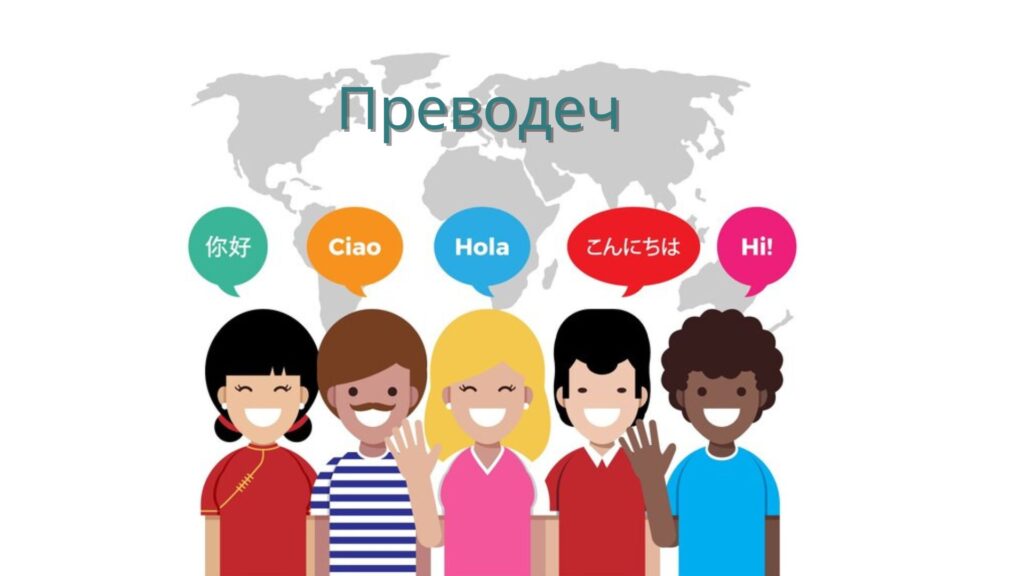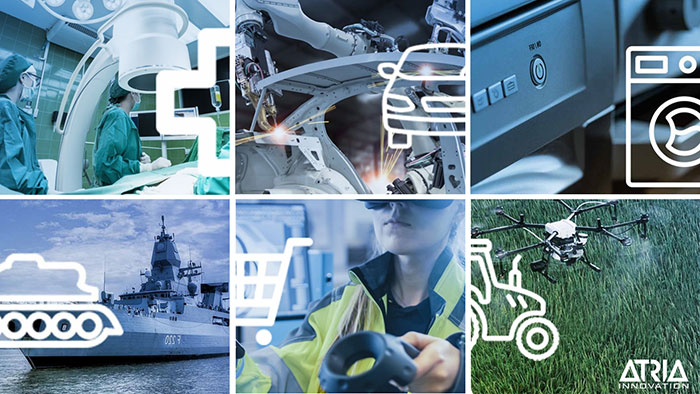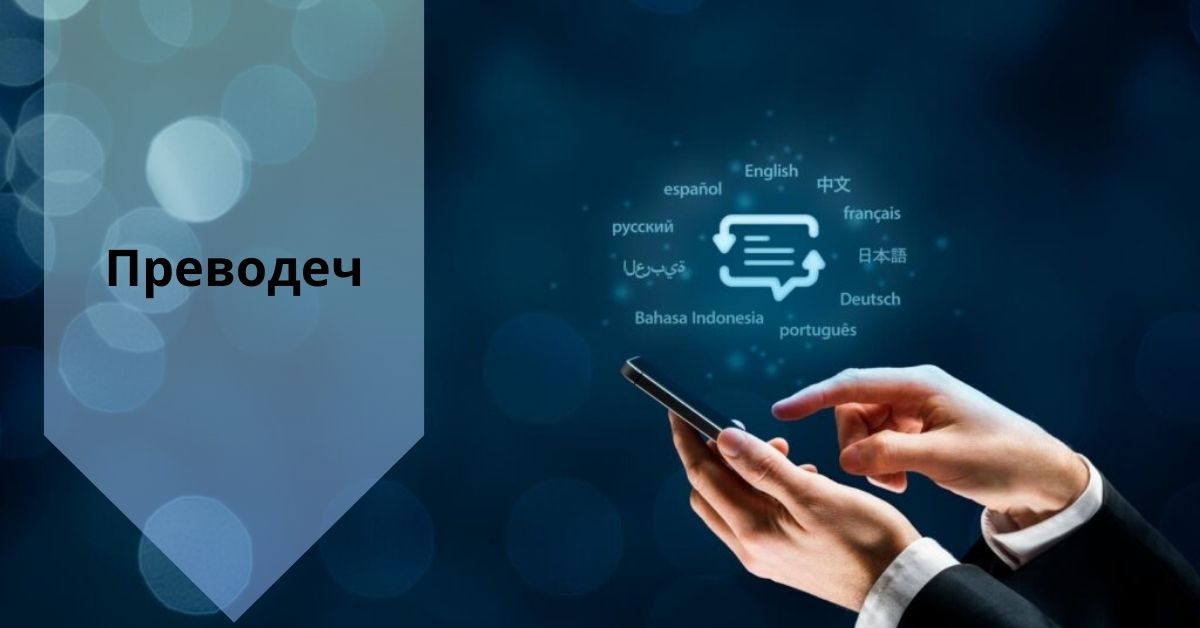Преводеч – A Comprehensive Guide!
In today’s globalized world, the need for accurate translation and understanding across different languages is more critical than ever. The term “преводеч,” though not widely known outside specific linguistic circles, plays a significant role in the realm of language translation and localization.
This article will delve into what “преводеч” means, its relevance, and its applications, providing a thorough exploration to help English-speaking audiences grasp its significance and utility.
What is Преводеч?

Definition and Origin
“Преводеч” is a term derived from the Bulgarian language, where it translates to “translator” or “translation tool.” It encompasses the concept of someone or something that facilitates the translation of text from one language to another. The term is integral to understanding the processes involved in language translation and localization, crucial in a world that thrives on cross-cultural communication.
Historical Context
The practice of translation dates back thousands of years, with roots in ancient civilizations where scribes and scholars translated texts for various purposes. The term “преводеч” embodies this long-standing tradition of facilitating understanding between different linguistic groups. Its use in modern contexts reflects ongoing advancements in translation technology and services.
The Role of Преводеч in Modern Translation:
Human Translators
Human translators, or “преводечи” in Bulgarian, are professionals who bridge language gaps through their expertise in linguistics and cultural nuances. They provide contextually accurate translations and are crucial for high-stakes documents, literary works, and nuanced communications. The skills of a human translator extend beyond mere word-for-word translation, encompassing cultural sensitivity and subject matter expertise.
Automated Translation Tools
Automated translation tools, often referred to as machine translation (MT) systems, have revolutionized the field by providing rapid and scalable translation services. Tools like Google Translate and DeepL leverage artificial intelligence and machine learning to translate text. These systems are highly efficient for everyday use but may lack the depth of understanding that human translators provide.
Also Read: Myolsd – The Ultimate Guide to Navigating PowerSchool!
How to Choose a Professional Translation Service?
Choosing the right translation service depends on your needs, budget, and the nature of the content to be translated. Key factors to consider include:
- Specialization: Does the translation service specialize in your industry? Whether it’s legal, medical, technical, or creative writing, expertise is key.
- Turnaround Time: For businesses with tight deadlines, the ability to provide quick and accurate translations is essential.
- Certification: If you need certified translations for official documents, it’s crucial to hire a translator or agency that can provide this service.
Applications in Various Industries:

Business and Commerce
In the global marketplace, businesses rely on translation services to reach international audiences. “Преводеч” tools and professionals help companies localize their marketing materials, websites, and customer service communications. Accurate translation is crucial for maintaining brand reputation and ensuring effective customer engagement across different languages.
Legal and Medical Fields
Legal and medical translations require precision and a deep understanding of specialized terminology. “Преводечи” in these fields ensure that legal documents, medical records, and patient communications are accurately translated, safeguarding both compliance and patient safety.
Education and Research
In academia, translation plays a pivotal role in disseminating research findings and educational materials across linguistic barriers. Scholars and students rely on “преводечи” to access and contribute to global knowledge bases, fostering international collaboration and learning.
Challenges in Translation:
Despite advancements in AI and machine learning, translation remains a challenging task. Languages are rich with nuances, idiomatic expressions, and cultural contexts that machines cannot yet fully comprehend. Additionally, technical jargon, legalese, and creative writing often require specialized knowledge, making human translators indispensable in many sectors.
- Cultural Sensitivity: Translating content involves more than just converting words. The translator must be sensitive to cultural norms, traditions, and societal values. A phrase that works in one culture may be offensive in another, requiring careful localization.
- Industry-Specific Jargon: Many industries, such as medicine, law, and technology, have their own specific terminologies. Misinterpreting these terms can lead to critical errors, especially in sensitive fields like healthcare.
- Context and Tone: Preserving the original tone and intent of the content is one of the most challenging aspects of translation. Whether translating a marketing campaign or a novel, it’s important to ensure the message resonates with the target audience in the same way as it does with the original audience.
The Technology Behind Преводеч:
Machine Translation Algorithms
Machine translation tools utilize various algorithms to convert text from one language to another. Key technologies include:
- Neural Networks: Advanced models that use artificial neural networks to improve translation accuracy and fluency.
- Statistical Methods: Techniques that analyze large datasets of bilingual texts to predict translations based on statistical patterns.
- Rule-Based Systems: Translation systems that apply linguistic rules and dictionaries to generate translations.
Also Read: Rtasks Login – Streamline Your Workflow with Ease!
The Future of Translation Services:
As AI and machine learning continue to evolve, the future of translation services looks promising. Automated tools are becoming more sophisticated, and the integration of neural networks allows for better contextual understanding. However, the human element remains critical, particularly for specialized fields and cultural sensitivity.
In the future, we may see more hybrid models where human translators work alongside AI to enhance efficiency and accuracy. This could help streamline workflows in industries like legal services, healthcare, and international business.
FAQ’s:
1. What does “преводеч” mean?
“Преводеч” is a Bulgarian term meaning “translator” or “translation tool,” referring to entities or systems that facilitate language translation.
2. How do human translators differ from automated tools?
Human translators provide contextually accurate translations with cultural sensitivity, while automated tools offer rapid translations but may lack depth and nuance.
3. What are the primary uses of “преводеч” in business?
In business, “преводеч” tools and professionals are used for localizing marketing materials, websites, and customer communications to reach global audiences.
4. Why is translation important in legal and medical fields?
Accurate translation in legal and medical fields is crucial for compliance, patient safety, and effective communication of specialized information.
5. How is AI shaping the future of translation?
AI is enhancing translation accuracy, enabling real-time translation, and allowing for personalized translation experiences.
6. Will human translators still be needed in the future?
Yes, human translators will continue to be needed for their ability to provide nuanced and culturally sensitive translations.
7. What are real-time translation technologies?
Real-time translation technologies facilitate instant translation of voice and video communications, improving cross-linguistic interactions.
8. How can businesses ensure high-quality translations?
Businesses can ensure high-quality translations by using experienced human translators, leveraging advanced translation tools, and reviewing translations for accuracy and cultural relevance.
Conclusion:
“Преводеч” represents a vital aspect of language translation and localization, bridging communication gaps across languages and cultures. Whether through human translators or advanced automated tools, the role of “преводеч” is essential in today’s interconnected world. Understanding its significance helps appreciate the intricate work involved in making global communication possible and effective.
Read More:


![[noblocc] kicked for being afk](https://relictimes.com/wp-content/uploads/2024/11/image-ezgif.com-webp-to-jpg-converter-2024-11-20T140233.477-1.jpg)


![[noblocc] kicked for being afk](https://relictimes.com/wp-content/uploads/2024/11/image-ezgif.com-webp-to-jpg-converter-2024-11-20T140233.477-1-300x200.jpg)








Post Comment